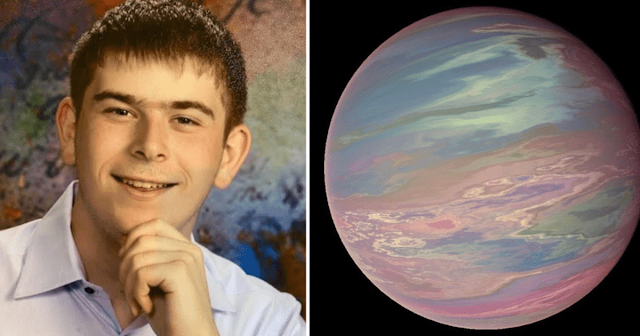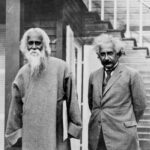High School Intern Discovers New Planet During NASA Internship
Wolf Cukier, a junior at Scarsdale High School in New York, made an extraordinary discovery during a two-month internship at NASA’s Goddard Space Flight Center in Greenbelt, Maryland. Just three days into his internship, Cukier identified a new planet now known as “TOI 1338 b.”
As part of his internship, Cukier participated in the Planet Hunters TESS citizen science initiative, which involves analyzing data from NASA’s Transiting Exoplanet Survey Satellite (TESS). The initiative allows volunteers, including non-professionals, to assist in identifying exoplanets—planets outside our solar system.
The Discovery of TOI 1338 b
Cukier’s task was to examine fluctuations in star brightness flagged by volunteers as potential eclipsing binaries—systems where two stars orbit each other and periodically eclipse one another. While reviewing the data for a system called TOI 1338, he noticed something unusual.
“I was looking for signals that indicated a stellar eclipse,” Cukier explained. “But in this case, the timing didn’t match. That’s when I realized it was a planet. I noticed a dip, or a transit, in the data, and it caught my attention. When I reviewed the full dataset, I saw three distinct dips in brightness, confirming the presence of a planet.”
The Planet and Its Unique System
TOI 1338 b is a circumbinary planet, meaning it orbits two stars. It is located approximately 1,300 light-years away in the constellation Pictor and is 6.9 times the size of Earth—comparable in size to Neptune or Saturn. The two stars in the system orbit each other every 15 days, with one star being about 10% the size of the Sun.
This marks the first circumbinary planet discovered using data from TESS. Detecting such planets is notoriously challenging because traditional algorithms can confuse their signals with those of eclipsing binaries.
A Historic Achievement
NASA validated Cukier’s discovery and announced it on their website. The finding was presented during the 235th American Astronomical Society conference, and a scientific paper co-authored by Cukier has been submitted for review.
According to NASA, discoveries like this highlight the value of programs that allow young scientists and citizen scientists to contribute to cutting-edge research.
A Bright Future
Following his groundbreaking discovery, Cukier is now focusing on his college applications. His top choices include Princeton, MIT, and Stanford—institutions renowned for their science and engineering programs.
Reflecting on his experience, Cukier’s journey demonstrates the immense potential of young talent and the importance of fostering opportunities for aspiring scientists to explore and contribute to the mysteries of the universe.


